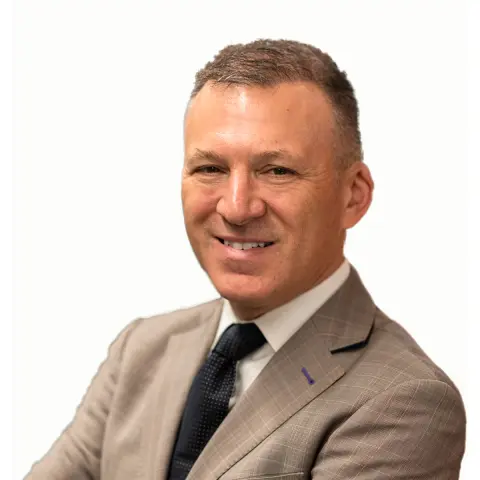Here’s why 5% for the US 10yr can happen
The market discount for the funds rate at 4.2% in 2025 effectively sets a floor for market rates right out the curve today. Add to that a 50-75bp term premium and the US 10yr yield at 4.5% does not look mis-priced. In fact, there is a path for it toward 5%. Until something breaks, US yields can continue to stretch higher; led by longer tenors, and a steeper curve
Back in July, we called for the US 10yr yield to break back above 4%. Since then, we’ve commented on the bear market that is US bonds and in the past month, we’ve been calling for the US 10yr to hit 4.5%. And here we are, a rising rates environment that is there for good reason - effectively as nothing has broken yet. So, what next?
We argue that the discount for the funds rate in 2025 sets a floor for market rates today
An important starting point is to understand why we are where we are. The basic answer is macro resilience. Importantly, the labour market has refused to go into recession. If we don’t have material labour market angst we don’t have what feels like a traditional recession, no matter how downbeat some of the survey data is. That shows up in the rates market as quite a benign market discount for eventual interest rate cuts from the Federal Reserve. Yes, we need to get to a true peak in the funds rate before rate cutting is the central discussion. But the market discount for the funds rate in the future is, in fact, really important as it provides a reference for market rates right out the curve.
Here’s the logic. If the funds rate is discounted to be cut to an absolute low of around 4% in the future, that sets a floor for where longer tenor rates can get to today. Leaving aside the 30yr which has it’s own personality, tenors out to 10yrs should be very responsive to this. If 4% is the Fed funds floor being set by the market, then the 10yr Treasury yield has no right to go below it. It could of course, reflecting an excess of demand for bonds, but from a fair value perspective, it shouldn’t.
In fact we need to add a 50-75bp term premium to that floor, and it could be more
If we accept that there is a Fed funds rate floor at around 4%, then to assess where longer tenor rates can get to, we need to add term premia to that floor. Previous rate cycles show that when the funds rate bottoms, the curve is worth at a minimum 50-75bp (reversion to a normal upward-sloping curve). In other words, not only should the 10yr not go below the floor, but it should trade some 50bp above that floor. That 50bp is a very conservative estimate of a minimum term premium from the funds rate out to the 10yr yield when the funds rate has bottomed. It could be more and has been a lot more in previous cycles - typically, a minimum of 75bp (see the chart below of the 2/10yr spread as a guide).
Value of the curve before and after the Fed has peaked (number of days)

What about where we are now? First, the point estimate for the Fed funds floor as discounted by the market has in fact ratcheted up to 4.2% as a soft landing narrative dominates market thinking. The US 10yr yield is now 4.5%. That’s just 30bp above the floor. In that sense, 4.5% for the US 10yr is not particularly elevated. It could easily be at 4.7% on a 50bp term premium. And if we were to employ a 75bp term premium it would then be knocking on the door of 5%. That is a place that we could very easily get to.
Back in June, we calculated a reference rate for the US at 6% - not a forecast, more a level that market levels could be contextualised against. Since then, that number has edged down to the area between 4.5% and 5%. Lower inflation readings rationalise the fall. While that’s below where the current funds rate is, it’s still above market rates. There is an argument here for a steeper curve from the back end (dis-inversion), where short-dated yields are fine where they are but longer-dated ones can remain under rising pressure. And 5% for the 10yr would not look out of kilter here at all.
Download
Download opinion
Padhraic Garvey, CFA
Padhraic Garvey is the Regional Head of Research, Americas. He's based in New York. His brief spans both developed and emerging markets and he specialises in global rates and macro relative value. He worked for Cambridge Econometrics and ABN Amro before joining ING. He holds a Masters degree in Economics from University College Dublin and is a CFA charterholder.
Padhraic Garvey, CFA
This publication has been prepared by ING solely for information purposes irrespective of a particular user's means, financial situation or investment objectives. The information does not constitute investment recommendation, and nor is it investment, legal or tax advice or an offer or solicitation to purchase or sell any financial instrument. Read more
